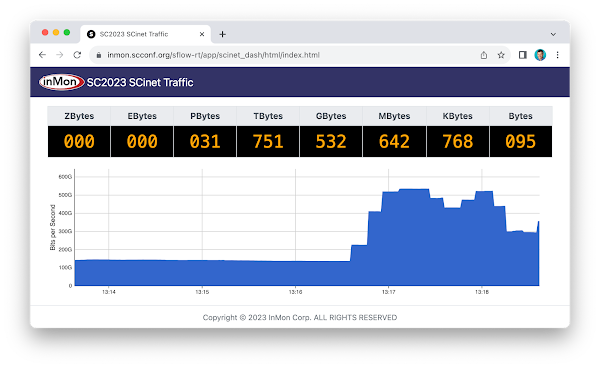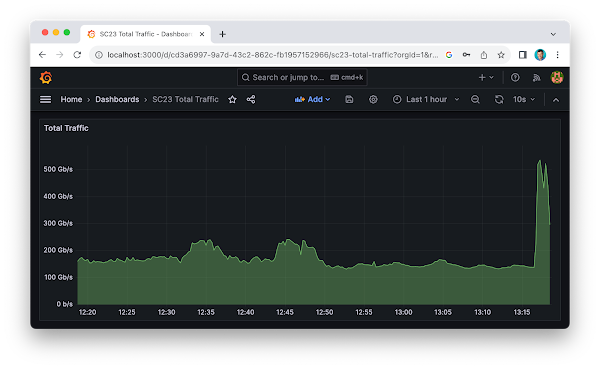Nvidia unveils new GPU-based platform to fuel generative AI performance
Nvidia has announced a new AI computing platform called Nvidia HGX H200, a turbocharged version of the company’s Nvidia Hopper architecture powered by its latest GPU offering, the Nvidia H200 Tensor Core.The company also is teaming up with HPE to offer a supercomputing system, built on the Nvidia Grace Hopper GH200 Superchips, specifically designed for generative AI training.A surge in enterprise interest in AI has fueled demand for Nvidia GPUs to handle generative AI and high-performance computing workloads. Its latest GPU, the Nvidia H200, is the first to offer HBM3e, high bandwidth memory that is 50% faster than current HBM3, allowing for the delivery of 141GB of memory at 4.8 terabytes per second, providing double the capacity and 2.4 times more bandwidth than its predecessor, the Nvidia A100.To read this article in full, please click here




